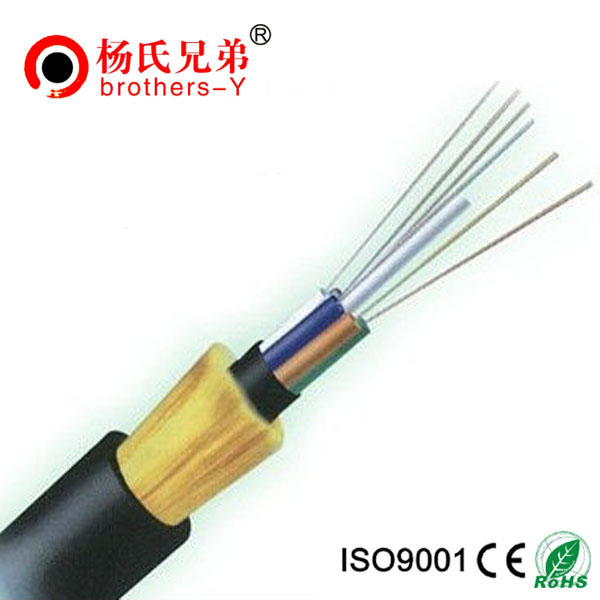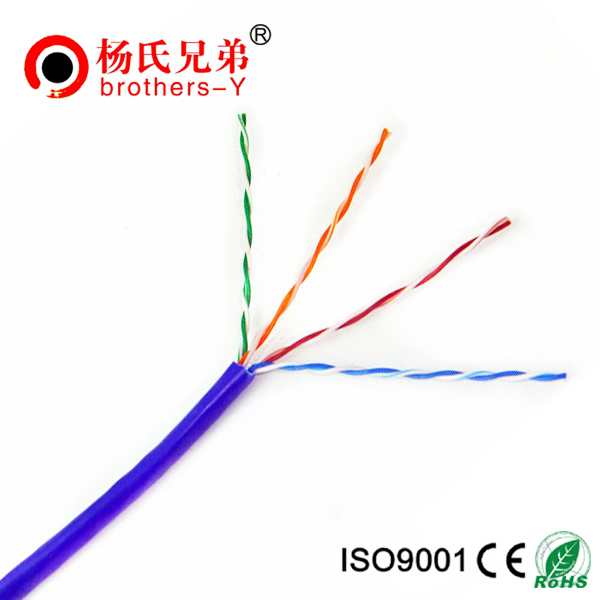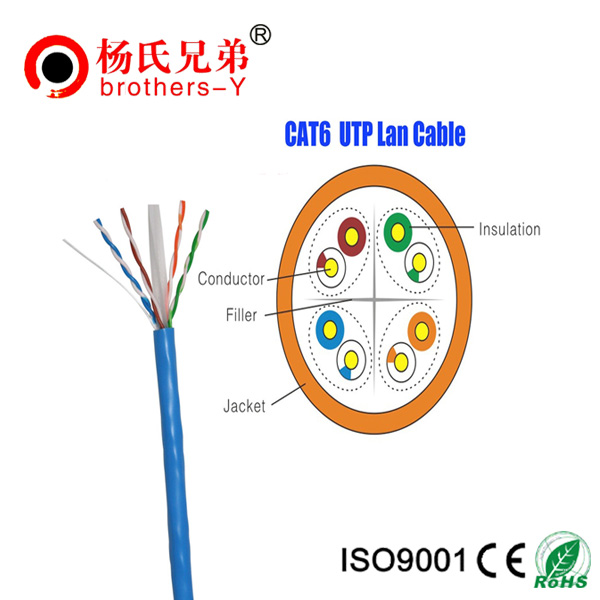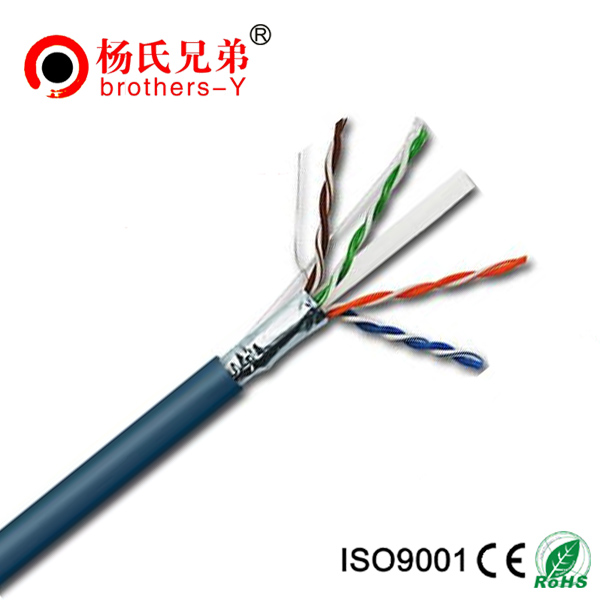Cable sheath flame retardant and fireproof properties
Fire retardant (Flame proof) cable is the floorboard of the cable fire performance and is usually divided into two categories, Flame retardant cable and fire-resistant cables. Starting from the fire security and its lifesaving, for cable fireproof performance requirements more and more, for example: Flame retardant (Flame retardancy) - block and delay the spread of fire along the cable, the fire is not expanded. Fire (Fire hold) - in the case of flame can maintain the operation of time, that maintain integrity of Circuit (Circuit integrity). The research and development of flame-retardant and fire-resistant cables in China began in 1982. After five years, many cable manufacturers has been put into production, its products have been agreed upon by the user.
flame retardant properties
Don't called the fire FLAME RETARDANT, FLAME RETARDANT and international general FLAME RETARDANT suit, because RETARDANT is delay and stop. According to IEC332, flame retardant with single or bundle. In order to assess the cable fire retardant performance, the international electrotechnical commission respectively established, IEC332 and IEC332 IEC332-1-2-3 three criteria. And IEC332 IEC332-1-2 respectively used for evaluation of single cable according to the inclined and vertical cloth flame retardant ability (national standard corresponding GB12666.3 and GB12666.4), IEC332-3 vertical fuel corresponding GB12666.5 (gb - 90), in contrast to vertical beam on the flame retardant ability request much higher.
Refractory characteristics
According to Chinese standard GB 12666.6 90, refractory divided into class A and class B two levels. For class A fire temperature is 950 ℃ ~ 1000 ℃, B type for the fire temperature is 750 ℃ ~ 800 ℃. According to IEC 331-1970 standard requirements, be equivalent to the standard class B in our country. But, in recent IEC in the newly published standard IEC60331-1999, for the fire temperature is 750 ℃ ~ 800 ℃, and the Suggestions for the improvement of test temperature is still under consideration. As A result, such as equivalent by compiling the new national standard, fire rating, there is no distinction of classes. A class B
Information about
- Analysis of the Underground Transmission and Distribution Cables Market
- Is there any benefit to using CAT 5e solid conductor cable?
- Mixing CAT 6A shielded cable with CAT 6 UTP or CAT 5e UTP cables isn’t an issue
- Key Elements for Cable Installation Success
- The development of the optical fiber to the home
- Creation of communication technology
- In proportion to the fiber optic cable requirement enhances unceasingly
- Optical fiber communication development history in China
- Optical fiber communication development history of the world
- 2013 The British show
New Products
Top articles
- Are there any advantages to using Cat 6 cable for computer networking?
- Are there any problems with using patch cables that are less than a foot long? If so, what are they?
- Letter of Invitation for CTICC
- What are some common uses for Cat5e ethernet cable?
- 10 Gigabit Ethernet interconnect solutions: Investigate carefully before choosing
- Mixing CAT 6A shielded cable with CAT 6 UTP or CAT 5e UTP cables isn’t an issue.
- What cable do I use to connect a PC to a DSL or Cable modem?
- Analysis of the Underground Transmission and Distribution Cables Market
- Is there any benefit to using CAT 5e solid conductor cable?
- Mixing CAT 6A shielded cable with CAT 6 UTP or CAT 5e UTP cables isn’t an issue
Latest articles
- 2014 CeBIT Australia
- 2014 CeBIT Germany
- 2014 International CES
- Vietnam Telecomp 2013
- ROHS Certificate For Lan Cable
- CE Certificate For Power Cable
- ROHS Certificate For Power Cable
- UL Certificate For Communication Cable
- Are there any advantages to using Cat 6 cable for computer networking?
- Are there any problems with using patch cables that are less than a foot long? If so, what are they?














